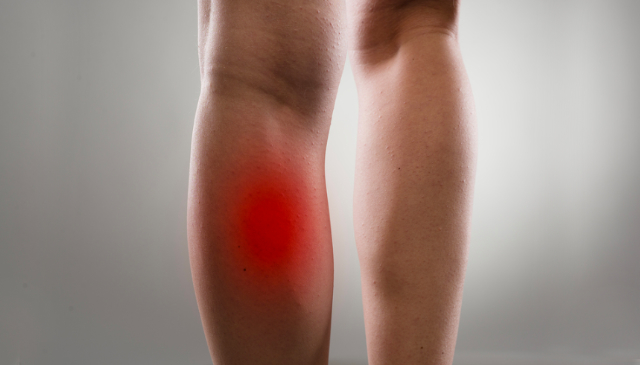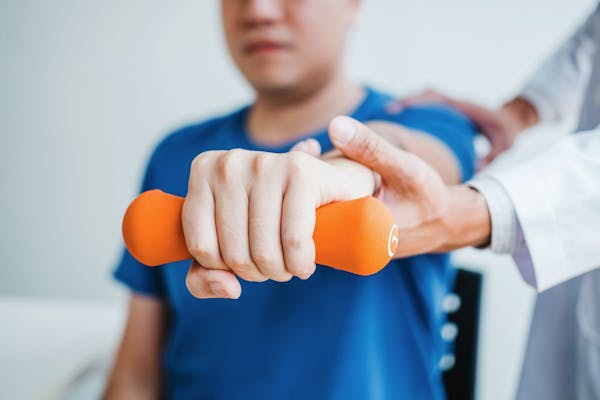Health Blog: Solutions & Wellness Tips
Understanding Calf Muscle Injuries and Rehabilitation

Calf muscle injuries are a common issue among athletes, often leading to significant downtime. This article explores the anatomy of calf muscles, the nature of connective tissue injuries, and the importance of MRI in diagnosing these injuries. We'll also discuss a novel grading system for calf muscle tears and its correlation with the time needed to return to play.
Anatomy of the Calf Muscles
The calf muscle, or triceps surae, is comprised of three main muscles:
- Gastrocnemius: The most superficial muscle, important for rapid movements such as jumping and running.
- Soleus: Located deeper, this muscle is crucial for posture and walking, consisting mainly of slow-twitch fibers.
- Plantaris: A smaller muscle that lies deep to the gastrocnemius.
These muscles are supported by connective tissues like the epimysium, aponeuroses, and intramuscular tendons, which form a scaffold crucial for muscle function.
Connective Tissue Injuries in Calf Muscle Tears
Connective tissue injuries play a significant role in the severity and recovery time of calf muscle tears. The study by Prakash et al. (2018) aimed to evaluate the integrity of these tissues using MRI and proposed a grading system to correlate the extent of injury with recovery time.
Key Findings:
- Injury Grades: Injuries were classified from Grade 0 to 3 based on the extent of connective tissue damage.
- Grade 0: Edema or fluid adjacent to intact connective tissue without myofibril detachment.
- Grade 1: Myofibril detachment without changes in connective tissue.
- Grade 2: Myofibril detachment with increased signal in connective tissue but no retraction.
- Grade 3: Myofibril detachment with connective tissue retraction indicating failure.
- Return to Play (RTP) Correlation: Higher grades of injury correlated with longer RTP. For instance, Grade 3 injuries required an average of 48 days to RTP, compared to just 8 days for Grade 0 injuries.
MRI's Role in Diagnosing Calf Muscle Injuries
MRI is crucial for accurately diagnosing the severity of calf muscle injuries. It helps in:
- Identifying the specific muscle and location of the injury
- Evaluating the integrity of connective tissues
- Guiding rehabilitation and RTP decisions
The use of MRI is particularly valuable for elite athletes who require precise diagnosis and tailored rehabilitation programs.
Conclusion
This study highlights the importance of detailed imaging and grading systems for calf muscle injuries. Utilizing MRI for accurate diagnosis and following a structured grading system can significantly impact the recovery time and overall rehabilitation success for athletes. Implementing these findings in clinical practice can help athletes return to play more effectively and safely.
For more detailed information, you can refer to the full study here.
Contact Us: For more information about calf muscle injuries and how our physical rehab specialists can help, please contact our practice.



